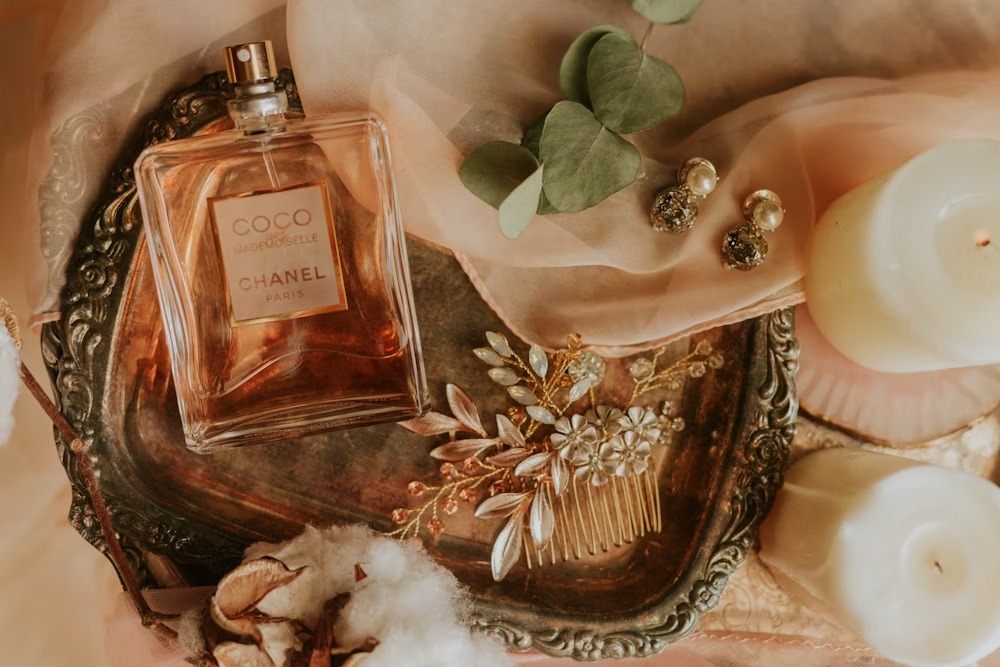Have you ever smelled someone walking by and felt like you just arrived at the beach? Or a certain smell reminds you of a good friend? Scents have power to transport you to different places and times. For some people, perfume is way more than a nice smell. They’re totally into it. We call these folks “fragrance fans” or “perfumista”. They love perfume like other people love music. Perfumistas will spend hours testing all the scents at stores. Or their perfume collection is bigger than their shoe collection! If testing and collecting different smells sounds fun to you, you might be a perfumista too.
Let me give you a look inside the world of these fragrance lovers. I’ll explain what makes them so into perfume. And how they pick their favorites. I’ll also tell you about popular perfumes like Ariana Grande’s Cloud and billie eilish perfume. Maybe you’ll find a new hobby exploring your own favorite smells! Come on in and I’ll tell you all about these intriguing perfume people.
Who is a Perfumista?
Okay so have you ever met someone who is just completely bonkers about smells? Like, they genuinely get a kick out of spending hours sniffing different perfumes and chatting your ear off about all the little notes and things you can pick up in a scent? Yeah, their perfume collection would make any department store jealous – that’s what I like to call a hardcore perfumista.
A perfumista is a person who takes their love of fragrances to the max. It’s not just about liking the way something smells, they are dead serious about it. These folks can really break down a scent for you and tell you every little ingredient. Whether it’s flowery notes, citrus, whatever – they eat that stuff up.
And it’s not enough for them to have a couple bottles on their bathroom counter. Oh hell no, their collection is next level. We’re talking perfumes for any occasion or mood you can think of. Maybe even some hard-to-find vintage bottles they stumbled on somewhere. I knew this one lady who collects based on the different seasons! Can you even imagine being that into perfume?
But what really separates a perfumista is how they see making perfume as a true art. They’ve got real respect for how much skill it takes to blend all those ingredients into something one-of-a-kind. It’s not just about smelling good, there’s genuine artistry there if you think about it.
So next time you spray on a scent, think about how a perfumista would analyze it. They turn their nose up to expertise with fragrances, ya know? That’s what makes a perfumista so damn fun if you ask me!
Anatomy of a Perfume
Perfume smell is made up of different layers that change over time. These layers work together to give the perfume its scent. The first layer is the “top notes.” These are the light smells you notice at first. They don’t last long, only 15-30 minutes. Things like citrus or herb smells are usually in the top notes.
Once the top notes start to go away, the “heart notes” come through. The heart notes make up the main smell of the perfume. Flowers, spices, or fruits are common heart notes. They last a few hours so you can smell them a while.
The “base notes” are the last layer. They give the perfume depth and last the longest, a few hours. Think richer smells like musk and vanilla in the base notes.
The neat thing is how these layers change as time passes. The light top notes fade so the heart notes can be smelled more. And the base notes anchor the whole scent from beginning to end.
Rather than one single smell, perfume has layers that blend together and shift. This makes the smell develop differently on your skin as time goes on. The different parts work as a team to give perfume its evolving scent.
The Olfactory Pyramid: A Visual Guide
Perfumers often use the olfactory pyramid to represent this layering. It’s a triangle with the widest part at the top for the initial top notes. The pyramid narrows as it descends to the heart notes, and then to a smaller base for the long-lasting base notes.
The olfactory pyramid isn’t always perfectly balanced, but it offers a general idea of a fragrance’s development. It’s a roadmap for your olfactory adventure!
Perfume Families: Exploring Fragrance Categories
Just like personalities, fragrances have distinct profiles categorized into families based on their dominant notes. Here are some major families:
- Floral: The most popular, featuring notes like rose, jasmine, and lavender, often described as feminine and romantic.
- Oriental: Warm and spicy with notes like amber, vanilla, and incense, often described as mysterious and luxurious.
- Citrus: Refreshing and invigorating with notes like lemon, grapefruit, and bergamot, perfect for daytime or warmer weather.
- Woody: Earthy and grounding with notes like sandalwood, cedarwood, and vetiver, often described as masculine or unisex, and can be calming.
These are just a few examples, and there’s a whole world of fragrance families to explore!
A Perfumista’s Guide to Building a Fragrance Wardrobe
For a perfumista, a fragrance collection is more than just a vanity display. It’s a curated wardrobe that suits different moods, occasions, and even seasons. Here’s how to build a versatile and personalized fragrance collection:

Understanding Your Preferences:
The foundation of your perfume wardrobe lies in personal preference. Do you gravitate towards light and fresh scents, or do you prefer deeper, more mysterious aromas? Exploring different fragrance families (floral, oriental, citrus, etc.) is a great way to discover what resonates with you.
Occasion & Season:
A single fragrance might not be suitable for every situation. For daytime wear, you might prefer a light and refreshing scent like citrus or a clean floral. Evening occasions might call for something more sophisticated, like a rich oriental or a heady floral. Similarly, consider seasonality. Heavy, musky fragrances can feel overwhelming in hot weather, while lighter scents might disappear too quickly in colder months.
Body Chemistry:
An important, yet often overlooked factor is your body chemistry. How a perfume interacts with your skin can significantly alter its scent. Test fragrances on your skin (not just a paper strip) and see how they evolve throughout the day. Some notes might become amplified, while others might disappear completely.
Building Your Collection:
With these factors in mind, start building a collection that offers variety.
- Essentials: Every wardrobe needs a few staples. A fresh citrus scent is perfect for everyday wear, while a more sophisticated option can elevate your evening look. Consider including a versatile floral fragrance that can be dressed up or down.
- Mood Boosters: Perfume can be a powerful mood enhancer. A bright citrus scent can energize you on a sluggish morning, while a calming lavender fragrance could help you unwind after a stressful day.
- Seasonal Scents: Embrace the changing seasons with a dedicated perfume wardrobe. A light floral or a crisp citrus scent might be perfect for spring and summer, while a warm, spicy fragrance can add comfort during fall and winter.
Here comes the Scent Layering:
For the adventurous perfumista, scent layering unlocks a whole new world of olfactory experiences. Layering involves combining two or more fragrances to create a unique, personalized scent. Here are some tips:
- Start Simple: Begin by layering similar fragrance families. For example, combine a citrus scent with a complementary floral note.
- Experiment with Notes: Play around with different notes to create unexpected yet harmonious combinations. A light musk can add depth to a fresh floral scent, while a touch of citrus can brighten a heavier oriental fragrance.
- Less is More: Layering is about creating a subtle, unified scent, not overpowering the senses. Start with small spritzes of each fragrance and allow them to blend naturally on your skin.
Celebrity Perfumes
Celebrity perfumes have become a billion-dollar industry, with A-listers lending their names (and faces) to an ever-growing selection of scents. But what exactly is the appeal, and how do these fragrances stack up against the creations of niche perfumeries?
The Rise of the Celebrity Scent
The phenomenon of celebrity perfumes exploded in the late 1980s. Singers like Elizabeth Taylor and actresses like Elizabeth Arden capitalized on their fame, offering fans a chance to possess a piece of their idol’s image in a bottle. Today, celebrities like Ariana Grande (Cloud) and Billie Eilish (Eilish) continue this tradition.
Celebrity fragrances have a significant impact on the perfume industry. Their aggressive marketing campaigns, often featuring the celebrity themselves, generate widespread awareness and drive sales. This exposure can introduce a younger generation to the world of fragrance, potentially sparking a lifelong interest in scents.
Mass Appeal vs. Niche perfumes
While celebrity endorsements can be a powerful marketing tool, there are key differences between these mainstream fragrances and niche perfumes:
- Target Audience: Celebrity perfumes primarily target fans and those drawn to the celebrity’s image. Niche perfumes, on the other hand, cater to fragrance enthusiasts who prioritize unique scents and high-quality ingredients.
- Concept: Celebrity fragrances often rely on broad themes like “youthful” or “sexy” for their marketing. Niche perfumes, however, might be inspired by specific emotions, places, or even historical periods. The focus is often on a more artistic and nuanced concept.
- Price Point: Celebrity perfumes are generally more affordable, making them accessible to a wider audience. Niche perfumes, due to their focus on high-quality ingredients and smaller production runs, often have a higher price tag.
Celebrity fragrances might be a gateway to the world of perfume, but for discerning perfumistas, the appeal lies deeper. Niche houses offer a more personalized experience, with perfumers often considered artists who pour their creativity into each scent. Additionally, niche perfumes often have a stronger focus on natural ingredients and unique olfactory experiences, catering to those who crave something beyond the mainstream.
Exploring Popular Perfume Brands
The world of fragrance offers a diverse playground for perfumistas, from the established names of luxury fashion houses to the innovative creations of niche perfumeries. Each category caters to a distinct clientele and offers a unique approach to scent.
Designer Houses
Luxury fashion houses like Valentino extend their brand identity beyond clothing with captivating designer perfumes. These fragrances often show the brand’s aesthetic, creating a cohesive experience for fashion-conscious consumers. Take Valentino’s Voce Viva for example. Its marketing campaign features high-fashion imagery and celebrates female empowerment, mirroring the brand’s focus on luxury and sophistication. The scent profile itself, a vibrant floral bouquet grounded by woody notes, reflects this elegance.
Designer perfumes typically target a specific clientele – those who appreciate luxury and brand recognition. They often prioritize quality ingredients and utilize renowned perfumers, but the emphasis remains on creating a scent that aligns with the brand’s image. This can be a great way for perfumistas to discover fragrances that complement their personal style and love for high fashion.
Niche Houses
For perfumistas seeking a more adventurous olfactory experience, niche houses offer a haven. These independent perfumeries prioritize artistic expression and unique scent profiles over mass appeal. Unlike designer houses, niche brands often have a smaller production scale, allowing them to use rarer and more expensive ingredients.
Sol de Janeiro’s Brazilian Crush Cheirosa ’62 exemplifies the niche approach. This playful fragrance features a captivating blend of pistachio, salted caramel, and warm vanilla – a combination rarely found in mainstream perfumes. The marketing itself focuses on capturing the essence of a Brazilian summer, transporting the wearer to a specific atmosphere. This focus on artistic expression and unique olfactory experiences is a hallmark of niche perfumery.
Niche houses often cater to a more knowledgeable clientele – perfumistas who appreciate the artistry and craftsmanship behind each scent. The focus is on the fragrance itself, offering a chance to explore unusual notes and innovative combinations.
Popular Perfumes for the Discerning Perfumista
The world of fragrance offers a wide range of choices, from the widely popular celebrity endorsements and designer brands to the more exclusive creations of niche perfumeries.
While both categories have their appeal, discerning perfumistas often look beyond the mainstream, seeking unique experiences and high-quality ingredients. Here, we’ll talk about a few popular options, analyzing their hold on both casual wearers and fragrance enthusiasts.
Ariana Grande’s Cloud (Appealing to Young Fans and Curious Perfumistas)
Ariana Grande’s signature scent, Cloud, is a commercial juggernaut. Its marketing strategy leverages her massive fanbase, with fluffy visuals and a sugary-sweet gourmand fragrance profile.
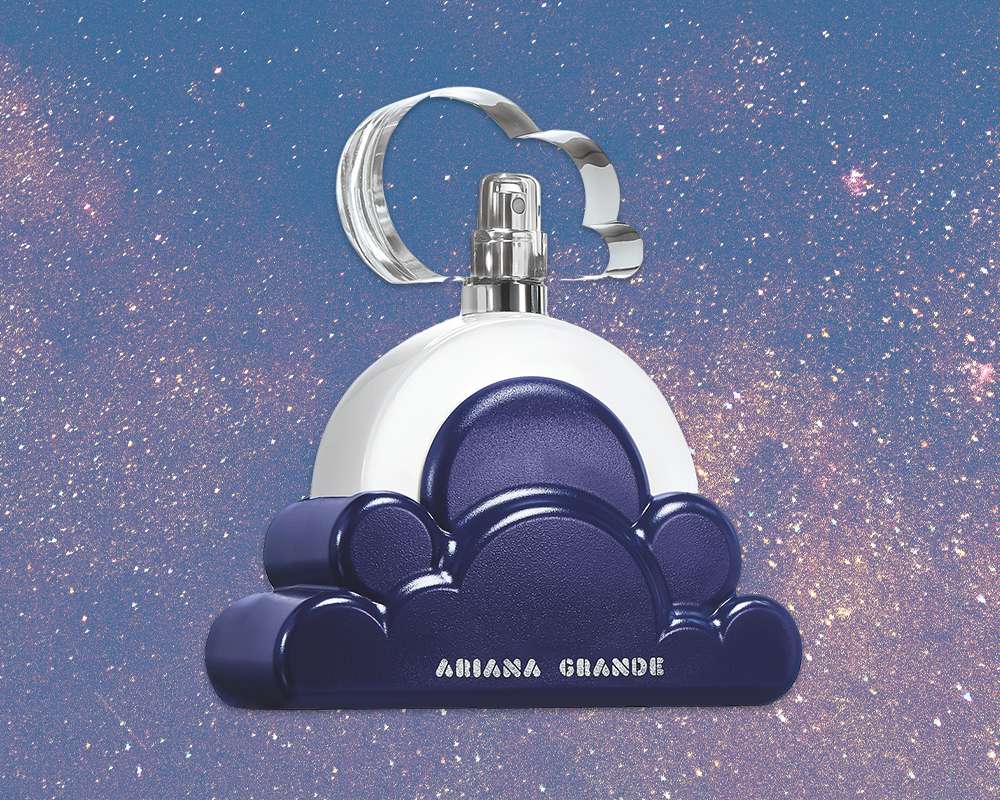
Vanilla, marshmallow, and a touch of lavender create a playful, whimsical scent experience.
While some perfumistas might find it overly simplistic, Cloud offers a light and accessible escape for casual wearers. However, the use of high-quality ingredients like real vanilla extract might pique the interest of a curious perfumista, sparking their exploration of the gourmand fragrance family.
Valentino Voce Viva (A Bridge Between Classic and Contemporary)
Valentino’s Voce Viva embodies the brand’s luxurious aesthetic, featuring high-fashion imagery and celebrating female empowerment in its marketing campaign.
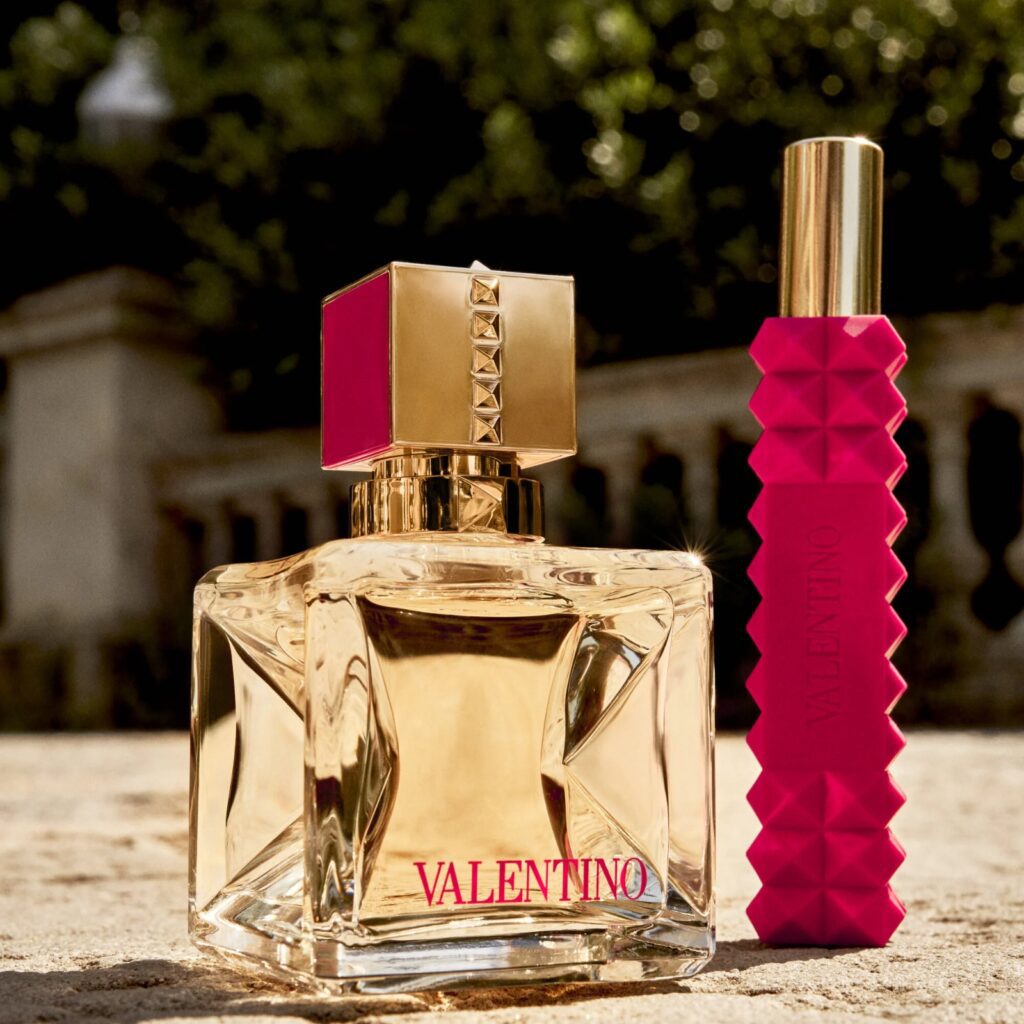
The fragrance profile itself is a vibrant floral bouquet featuring Italian jasmine and orange blossom, grounded by woody base notes of iris and moss.
Compared to a niche perfume, Voce Viva offers a more classic, elegant floral experience.
However, its focus on high-quality ingredients and the unique pairing of a classic floral accord with a modern woody base creates a sophisticated and intriguing option that can appeal to both established perfumistas and those new to exploring designer interpretations.
Billie Eilish’s Eilish (For the Perfumistas Who Crave the Unconventional)
Eilish, Billie Eilish’s debut perfume, takes a bold approach that defies categorization. The marketing campaign is dark and edgy, reflecting the singer’s personal style.
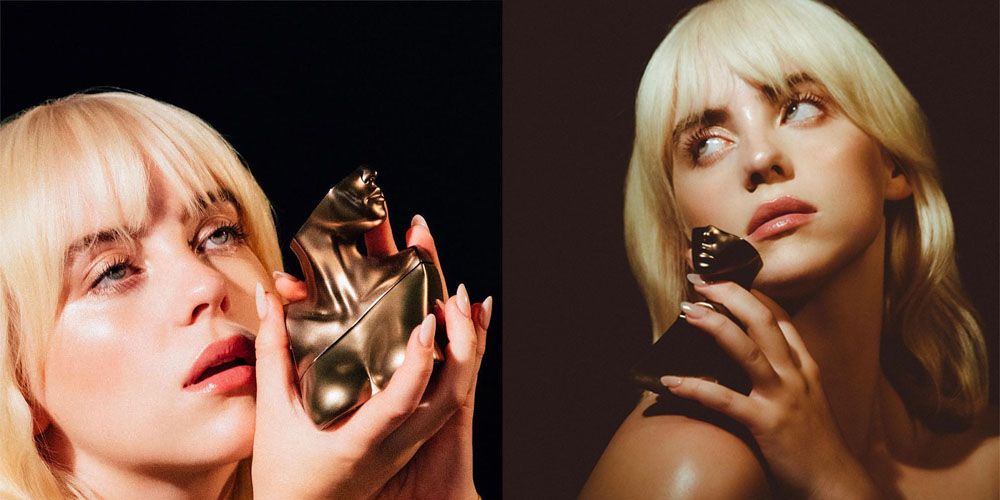
The fragrance itself is a unique blend of amber, vanilla, and mandarin, with a woody base of musk.
This unconventional combination creates a more personal and intriguing scent experience than typical celebrity fragrances.
While it might be commercially risky, this focus on a unique scent profile is exactly what attracts perfumistas seeking something beyond the mainstream. For them, Eilish offers a chance to explore the captivating world of amber and woody orientals, often a staple in niche perfumery.
Sol de Janeiro Brazilian Crush Cheirosa ’62
Sol de Janeiro’s Brazilian Crush Cheirosa ’62 exemplifies a niche perfume experience. The brand focuses on capturing the essence of a Brazilian summer through vibrant, playful marketing that evokes sunny beaches and tropical cocktails. The scent profile lives up to the promise, featuring a captivating blend of pistachio, salted caramel, and warm vanilla.
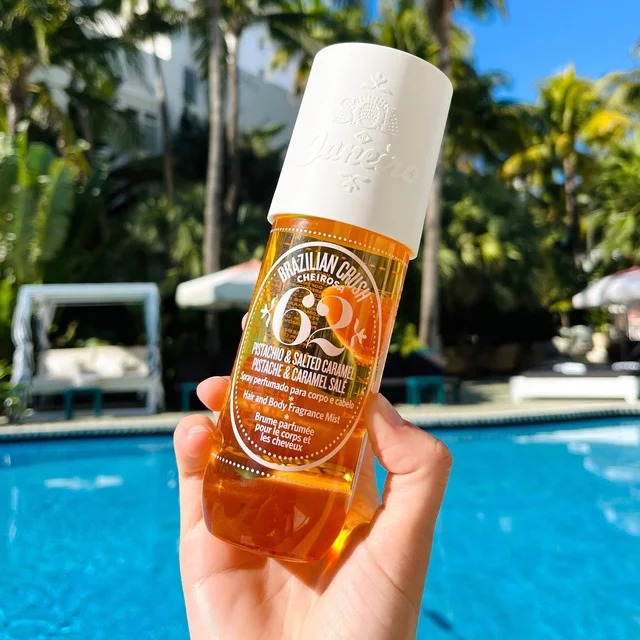
Compared to a designer perfume, Brazilian Crush Cheirosa ’62 offers a more daring and playful scent experience, with gourmand elements rarely found in mainstream fragrances.
This unique approach and focus on capturing a specific atmosphere are what make it a favorite among perfumistas seeking something different. For those who enjoy the sweet and savory combination of gourmand notes, Brazilian Crush Cheirosa ’62 offers a delightful escape to a tropical paradise.
Conclusion
The world of perfume goes beyond a pleasant scent. We explored the building blocks of a fragrance, the olfactory pyramid that showsits evolution, and the various perfume families that are made for different preferences.
We talked about popular scents, from celebrity endorsements like Ariana Grande’s Cloud to the artistic expressions of niche houses like Sol de Janeiro’s Brazilian Crush Cheirosa ’62.
We saw how designer houses like Valentino’s Voce Viva offer a luxurious extension of their brand identity, while niche perfumeries prioritize unique scents and high-quality ingredients.
It doesn’t matter if you seek a scent that reflects your style or one that sparks olfactory adventures, the vast world of fragranceis there for you.
FAQ’s:
What is a thousand wishes perfume?
“A Thousand Wishes” is a fragrance from Bath & Body Works. It’s a popular choice and known for its warm and festive scent profile. Here’s what you might expect:
Notes: Sparkling champagne, crystal peonies, almond crème, star fruit, quince, freesia, amber, sugared sandalwood, and velvet musk.
Scent Profile: Generally described as warm, sweet, and slightly fruity. The champagne and star fruit notes add a touch of freshness, while the almond creme, amber, and musk create a comforting and slightly luxurious base.
Target Audience: This fragrance is often popular with people who enjoy sweet and warm scents. It might be a good choice for daytime or evening wear, especially in cooler weather.
Does perfume expire?
Yes, perfume does expire, but the exact shelf life can vary depending on several factors:
- Ingredients: Perfumes with natural ingredients like essential oils tend to expire faster (around 2-3 years) than those with mostly synthetic ingredients (which can last up to 5-10 years).
- Storage: Heat, light, and air can degrade a perfume faster. To maximize shelf life, store your perfumes in a cool, dark place, ideally in their original box. Avoid storing them in bathrooms where they’ll be exposed to humidity and temperature fluctuations.
How to make perfume?
Making your own perfume at home can be a fun thing to do. Let me tell you some basic steps to make your own perfume at home:
Ingredients:
- Carrier Oil (1/4 cup): Choose a lightweight oil that absorbs well into the skin, like jojoba oil, sweet almond oil, or grape seed oil.
- Alcohol (optional, 1/4 cup): Perfumer’s alcohol (high-proof vodka can be a substitute) helps the fragrance diffuse and thins the perfume for easier application.
- Essential Oils (25-30 drops total): This is where your creativity comes in! Play around with different essential oils to create your desired scent profile. Here’s a breakdown of notes to consider:
- Top Notes (evaporate quickly): citrus (lemon, bergamot), mint, lavender
- Middle Notes (form the heart of the fragrance): floral (rose, jasmine), herbal (rosemary, clary sage), spicy (cinnamon, clove)
- Base Notes (linger the longest): musk, sandalwood, vanilla, vetiver
- Distilled Water (optional, 1/4 cup): If you don’t use alcohol, water can help dilute the essential oils.
- Glass Jar and Funnel
- Coffee Filter (for straining)
- Small Perfume Bottles (optional)
Instructions:
- Prepare your workspace: Choose a clean, well-ventilated area.
- Sterilize your tools: Wash and dry your jar, funnel, and perfume bottles (if using) with hot soapy water and rinse thoroughly with alcohol.
- Measure your carrier oil: Pour 1/4 cup of your chosen carrier oil into the jar.
- Add essential oils (optional alcohol): If using alcohol, add 1/4 cup first. Then, following your chosen recipe or personal preference, add your essential oils drop by drop. Start with a small amount and write down how many drops of each oil you use, so you can recreate your scent if you like it.
- Swirl and Dilute (optional): Swirl the mixture gently to combine the ingredients. If you’re not using alcohol, add 1/4 cup of distilled water at this point. Water and essential oils don’t always mix well, so you might see some separation.
- Let it mature: Close the jar tightly and store it in a cool, dark place for at least 48 hours, ideally longer (up to 6 weeks) to allow the scents to meld. Swirl the jar gently every day or so.
- Strain and bottle: After maturation, use a coffee filter to strain the perfume into your desired container.
Does pheromone perfume work?
Humans do produce pheromones, chemical signals that can influence the behavior of others. However, their role in human attraction is not fully understood.
The pheromones used in most perfumes are synthetic versions of human pheromones, but they are often single molecules, while natural pheromones are a complex blend.
Studies on the effectiveness of pheromone perfumes in attracting others are inconclusive. Some studies show a slight positive effect, while others show no effect at all.
How to make perfume last longer?
Here are some of my tried and tested tips to extend the life of your perfume:
Like makeup, fragrance performs best on a prepped canvas. Apply a fragrance-free moisturizer to your pulse points – wrists, inner elbows, neck – to create a base that holds the scent.
Target your pulse points, where your body heat naturally diffuses the fragrance. Avoid rubbing your wrists together, as this breaks down the scent molecules. Hold the bottle a few inches away and mist yourself lightly.
Store your perfume in a cool, dark place, ideally in its original box. Heat, light, and air can degrade the fragrance over time.
For midday touch-ups, bring a travel-sized version of your perfume. You can also layer your fragrance with a matching lotion or body oil, creating a stronger scent base.
Read More: David Babaii – Visionary Hairstylist and Philanthropist



